The IMF announced the report of the “2013 Article IV Consultation†recently completed with China. The IMF believes that despite the slowdown in China's economy in the first half of the year, China's strong domestic demand will offset the continued weakness of the external environment. At the same time, inflation in China has continued to decline, and inflation has continued to be under control in the next two years, due to overcapacity in many sectors of the economy.
The report also pointed out that China's macroeconomic policies have remained accommodative in order to achieve this year's growth target. The overall fiscal deficit may remain around 2% of GDP, roughly the same as last year. The strong growth of social financing will support the slight acceleration of the Chinese economy in the second half of the year.
The report said that IMF executives welcomed the continued strong growth of China's economy and the slowdown in inflation. However, Executive Directors pointed out that due to the accumulation of domestic vulnerabilities in the financial, fiscal and real estate sectors, the growth prospects are not optimistic. At the same time, the potential spillover effects of changes in the eurozone and major advanced economies still pose external risks. Directors believe that China has the ability to withstand the impact, but believes that it is advisable to further strengthen the policy buffer.
IMF Executive Directors stressed that China's transition to a new growth model that is more dependent on consumption, more inclusive and environmentally friendly is critical. They welcomed China's reform strategy for this purpose by mitigating risks, rebalancing growth and addressing income inequality to ensure China's significant contribution to global growth.
Regarding the RMB exchange rate, the report said that in the past year of June, the RMB appreciated by 1.5% against the US dollar, and the value of the appreciation was about 6%, measured by the real effective exchange rate. Noting the assessment of the IMF staff that the renminbi is still moderately undervalued, IMF executives believe that a more market-based exchange rate system will promote further rebalancing internally and externally. They expressed support for the authorities' policy of restraining foreign exchange interventions and allowing market forces to play a greater role in the exchange rate determination process.
The report also revealed that as of the end of March this year, China's international reserves increased to 3.44 trillion US dollars (at the end of 2012, 3.31 trillion US dollars). The report said that last year, China's current account surplus increased slightly, from 2% of GDP in 2011 to 2.25%. Despite this, China has made great strides in external rebalancing – the current account surplus has accounted for less than a quarter of GDP before the 2007 crisis.
“In contrast, internal imbalances are still serious. China’s national accounts data show that the proportion of total fixed capital formation to GDP increased further last year, while the proportion of private consumption remained basically the same, indicating a critical transition to a consumption-led growth path. There is still a long way to go. The current priority is still to accelerate the transformation of the economic growth model, which is also reflected in the policy recently announced by the new government,†the IMF said in the report.
Our major Plastic Net products are Shade Net , Scaffolding Net, Mesh Tarp, Plant Support Net, Plastic Window Net, Safety Fence, Warning Barrier, Olive Net, Debris Net, Anti-Bird Net, Agriculture Net, Construction Net, Garden Net, Windbreak Net, etc.
Shade Net is also known as Sun Shade Net, Raschel Net, Raschel Shading Net, Sunscreen Net, Shade Cloth, Sun Block Net. Shade Net is made of High Density Polyethylene material (HDPE) and with UV stabilizer and anti oxidation treatment , is mainly used to provide shade, against sunlight , resist rain, control temperature, keep moisture, resist insects, protect plants, vegetables and fruits, etc.
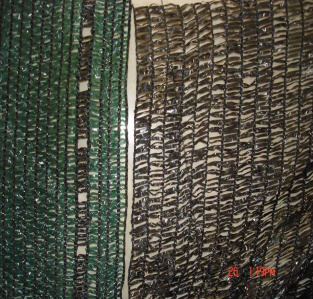
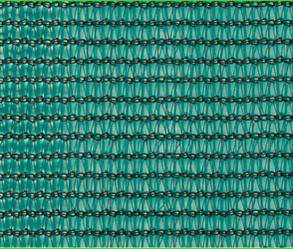
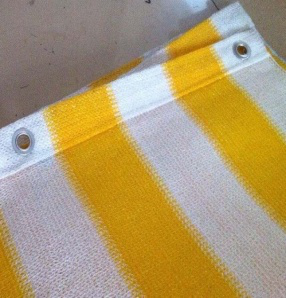
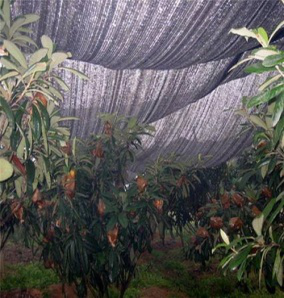
Scaffolding Net is also called Safety Net, It is made of High Density Polyethylene material (HDPE), is a protective network set up below or at side of high-rise building which is under construction to prevent accidents caused by falling people or objects also protect the workers in high places.

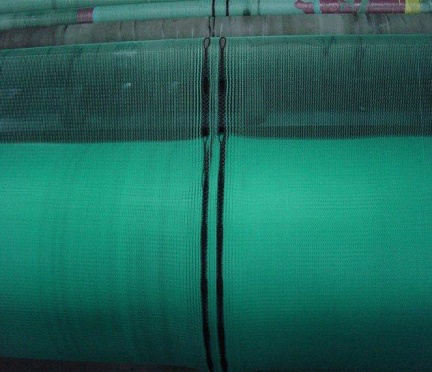
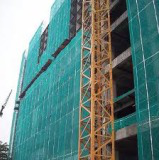
Mesh Tarp is one kind of Tarp sheet made from High Density Polyethylene material (HDPE) knitted mesh fabric, is mildew resistant, tear proof, acid proof, sun resistant, light and air transmission, can be used as fences, shade in yard, truck covers, wind covers, construction covers, etc.

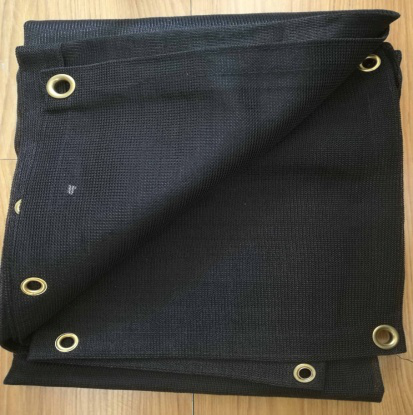
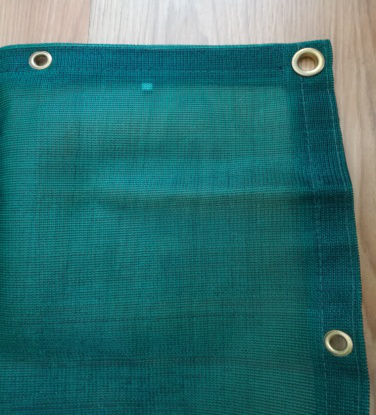
We are professional in exporting Plastic Net for more than 18 years, having great confidence to supply you good quality, favorable price, excellent service and in time delivery. If you are interested in Plastic Net, pls do not hesitate to contact us, your inquiry details and samples are welcome, we surely provide most reasonable price and support your requirement well!
Plastic Net
Plastic Net,Plastic Extruded Net ,Agricultural Plastic Net,Plastic Mesh Net
HEBEI OHONG PLASTIC CO. LTD. , http://www.tarpaulin-factory.com